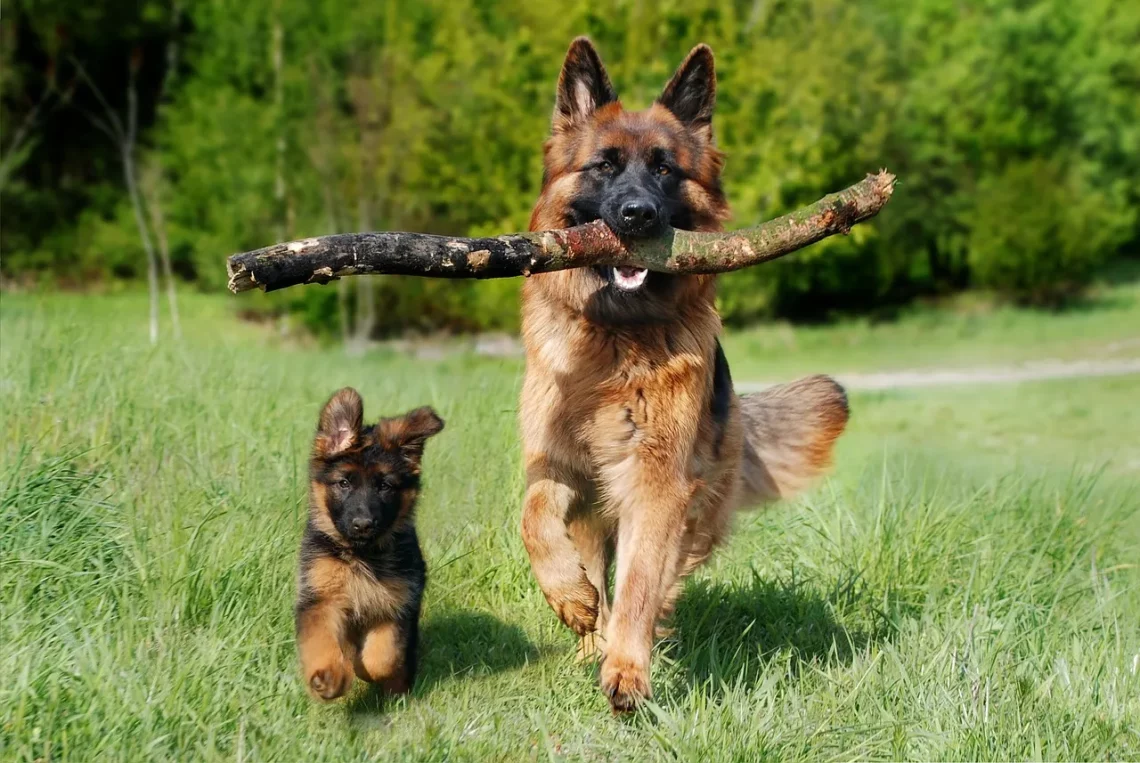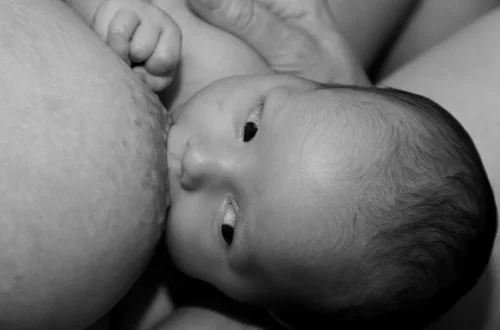
Understanding Canine Parainfluenza Virus: Symptoms and Prevention
Canine parainfluenza virus (CPIV) is a significant contributor to respiratory illness in dogs, often manifesting in various symptoms that can range from mild to severe. This virus is highly contagious, spreading through respiratory droplets when an infected dog coughs or sneezes. In environments where dogs congregate, such as parks, kennels, and grooming facilities, the risk of transmission increases substantially. Understanding this virus is crucial for dog owners, as it enables them to take proactive measures to protect their pets.
In a world where canine health is paramount, awareness of CPIV and its implications is essential. This virus not only affects the health of individual dogs but can also pose a threat to entire populations, particularly in settings where many dogs interact. Recognizing the symptoms early can lead to timely intervention, which is vital in mitigating the virus’s effects. Additionally, prevention strategies, including vaccinations and good hygiene practices, play a critical role in safeguarding canine health.
As we delve deeper into the nuances of canine parainfluenza virus, we will explore its symptoms, modes of transmission, and effective prevention strategies. This comprehensive understanding will empower dog owners to keep their pets healthy and thriving.
Recognizing the Symptoms of Canine Parainfluenza Virus
Identifying the symptoms of canine parainfluenza virus is the first step in managing its impact on your dog’s health. The clinical signs can vary widely, but they often resemble those of other respiratory illnesses, which can complicate diagnosis. Common symptoms include a persistent cough, nasal discharge, and fever.
A dry, honking cough is particularly characteristic of CPIV and can be alarming for both the dog and the owner. This cough may worsen with exercise or excitement, making it more noticeable during playtime. In some cases, affected dogs may also exhibit lethargy and a decreased appetite, which can lead to weight loss if not addressed promptly.
Other symptoms can include conjunctivitis, which is inflammation of the eye, leading to redness and discharge. While the symptoms may be mild for some dogs, others may experience more severe respiratory distress, potentially leading to pneumonia if not treated.
It is essential for dog owners to monitor their pets closely, especially if they have been in contact with other dogs or if there are reports of respiratory illness in their community. Prompt veterinary attention is crucial when symptoms arise. Your veterinarian may perform a physical examination and may recommend diagnostic tests to rule out other conditions and confirm a CPIV infection.
In conclusion, recognizing the symptoms of CPIV can help in early detection and treatment. The sooner you act, the better the outcome for your furry friend.
Transmission and Spread of Canine Parainfluenza Virus
Understanding how canine parainfluenza virus spreads is vital for preventing outbreaks and protecting your pet. The virus is highly contagious and primarily transmitted through respiratory droplets. When an infected dog coughs or sneezes, the virus can be propelled into the air, where it can be inhaled by nearby dogs. This is particularly concerning in places where multiple dogs gather, such as dog parks, boarding facilities, and dog shows.
The virus can also survive on surfaces for a limited time, meaning that dogs can contract CPIV by coming into contact with contaminated objects, such as bowls, toys, or even the hands of their owners after petting an infected dog. This highlights the importance of maintaining good hygiene practices in environments with high dog populations.
Interestingly, the canine parainfluenza virus does not typically cause severe illness in healthy adult dogs. However, puppies, older dogs, and those with compromised immune systems are at higher risk for significant health issues. In some cases, the virus may lead to secondary bacterial infections, which can exacerbate respiratory problems.
It’s also worth noting that dogs can carry the virus and remain asymptomatic, unknowingly contributing to its spread. This asymptomatic carrier state underscores the need for vaccination and good management practices in kennels and other communal settings.
To minimize the risk of transmission, dog owners should ensure that their pets are up to date on vaccinations, avoid contact with sick dogs, and practice good hygiene. Regular cleaning of shared spaces and items can also help reduce the risk of spreading the virus.
Preventing Canine Parainfluenza Virus Infection
Preventing canine parainfluenza virus infection involves a combination of vaccination and responsible pet ownership. Vaccination is one of the most effective ways to protect your dog against CPIV. Most veterinarians recommend including the parainfluenza vaccine as part of the routine vaccination schedule for puppies, typically starting at six to eight weeks of age.
The vaccine not only helps to prevent the disease but also reduces the severity of symptoms if a dog does contract the virus. Annual boosters may be necessary to maintain immunity, especially for dogs that frequently interact with others.
In addition to vaccination, maintaining good hygiene practices is crucial. Regularly disinfecting common areas and items, such as food bowls, toys, and bedding can help limit the virus’s spread. If your dog shows any signs of respiratory illness, it is advisable to isolate them from other dogs and seek veterinary care promptly.
Socializing your dog in controlled environments, such as obedience classes or playdates with known healthy dogs, can also reduce the risk of exposure to CPIV. Avoiding crowded areas during peak illness seasons, such as colder months when respiratory infections are more common, is another practical step.
Furthermore, educating yourself about the signs of illness and the importance of early veterinary intervention can make a significant difference. Understanding the risks associated with canine parainfluenza virus empowers dog owners to take proactive measures to safeguard their pets.
In summary, preventing CPIV involves a multi-faceted approach that includes vaccination, good hygiene, and responsible pet ownership.
**Disclaimer:** This article is for informational purposes only and should not be considered medical advice. Always consult your veterinarian for any health concerns regarding your pet.




